Nursing Diagnosis For Shaken Baby Syndrome
Nursing diagnosis for shaken baby syndrome. Shaken baby syndrome is one of the most deadly and devastating forms of child abuse and is characterized by a traumatic brain injury caused by the violent shaking of an infant. Recognition of high-risk families combined with education of parents and other caregivers are key to prevention of shaken baby syndrome. Magnetic resonance imaging MRI.
In any baby older than 6 weeks severe retinal hemorrhage is a red flag for abuse because this type of damage has few other causes in young children. It usually occurs when a parent or other caregiver shakes a baby out of anger or frustration often because the baby will not stop crying. Specify eg withholding of food by parentcaretaker weight loss malnutrition lack of subcutaneous fat failure to.
Signs of shaken baby syndrome include retinal and. Infants may suffer from shaken baby syndrome with severe or fatal neurologic injuries caused by violent shaking of the infant. Some metabolic and genetic disorders as well as bleeding and clotting disorders can cause symptoms similar to shaken baby syndrome.
In the most serious cases death can result. An eye exam can reveal bleeding and other eye injuries. Subdural and retinal hemorrhages accompanied by the absence.
In the most serious cases death can. When a baby is shaken hard by the shoulders arms or legs it can cause learning disabilities behavior disorders vision problems or. Abstract Shaken baby syndrome SBS is a violent act of abuse that can cause myriad neurologic cognitive and other functional deficits.
When pt was a year old she was assaulted by a caregiver and was diagnosed with Shaken Baby Syndrome with subsequent sever TBI cerebral palsy with profound mental retardation seizure disorder spastic quadriparesis scoliosis Diabetes type 2 cortical blindness anemia atropic gastritis history of GI bleeds and disuse osteoporosis. Blood tests can help rule out some of these conditions. Nurses should suspect shaken baby syndrome SBS in infants less than 1 year of age who present with apnea seizures lethargy or drowsiness bradycardia respiratory difficulty coma or death.
Health care practitioners child care providers and parents must be educated on the signs of SBS. Symptoms again according to an unproven theory may include vomiting or a baby that will not settle.
Monitor the infant or child for feeding intolerance an early sign of increased ICP Hoffman 2005.
COMMON NURSING DIAGNOSES IMBALANCED NUTRITION. Binenbaum also recommends that all ophthalmologists become familiar with the Academy Information Statement on abusive head traumashaken baby syndrome. In the most serious cases death can. In any baby older than 6 weeks severe retinal hemorrhage is a red flag for abuse because this type of damage has few other causes in young children. It usually occurs when a parent or other caregiver shakes a baby out of anger or frustration often because the baby will not stop crying. Abstract Shaken baby syndrome SBS is a violent act of abuse that can cause myriad neurologic cognitive and other functional deficits. Magnetic resonance imaging MRI. Some metabolic and genetic disorders as well as bleeding and clotting disorders can cause symptoms similar to shaken baby syndrome. When a baby is shaken hard by the shoulders arms or legs it can cause learning disabilities behavior disorders vision problems or.
An eye exam can reveal bleeding and other eye injuries. Nursing and Medical Management. Babies have very weak neck muscles that cannot fully support their proportionately large heads. COMMON NURSING DIAGNOSES IMBALANCED NUTRITION. Symptoms according to the theory may range from subtle to obvious. Signs of shaken baby syndrome include retinal and. Abstract Shaken baby syndrome SBS is a violent act of abuse that can cause myriad neurologic cognitive and other functional deficits.
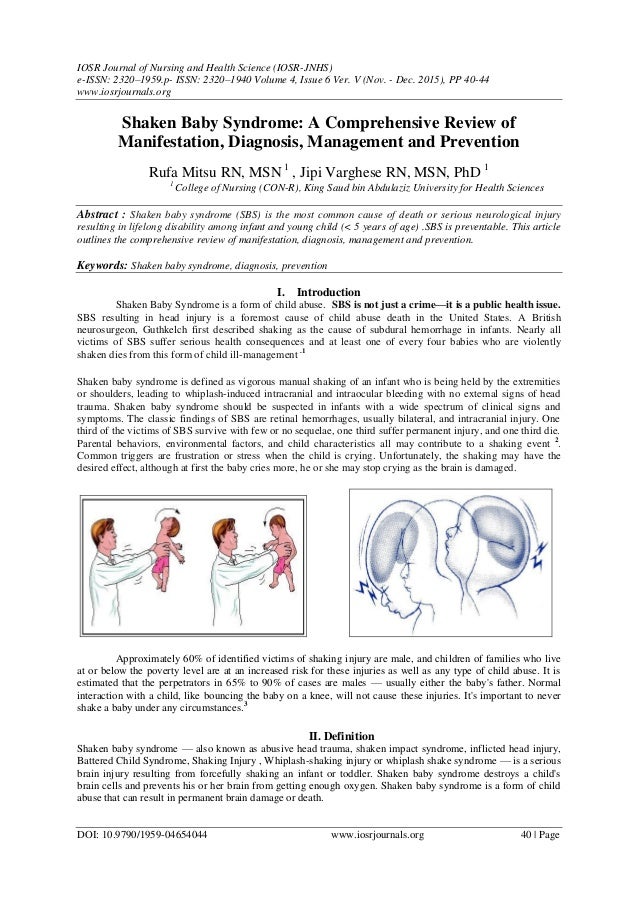

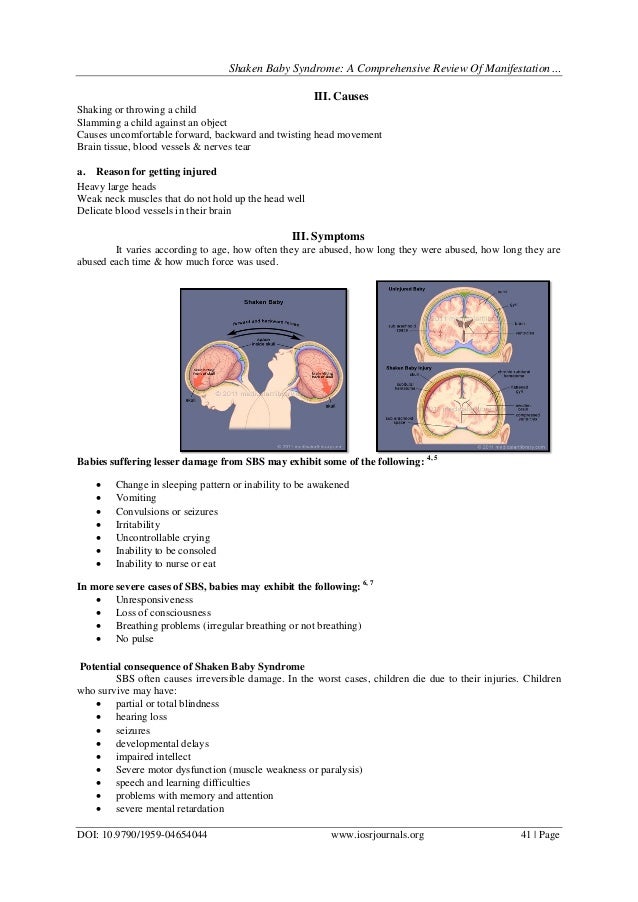


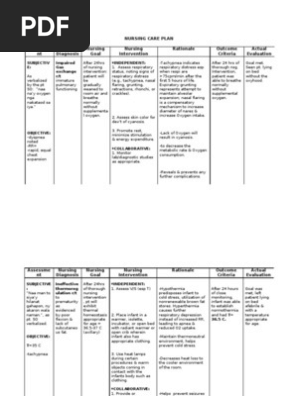
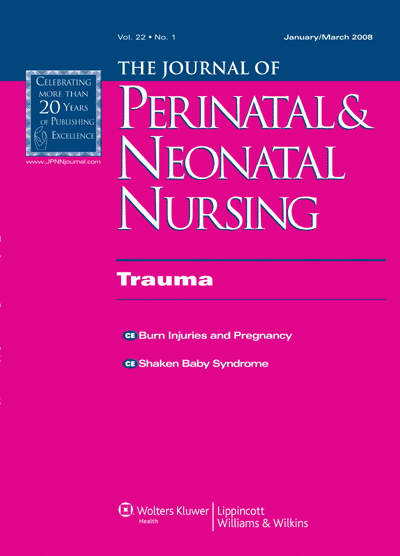






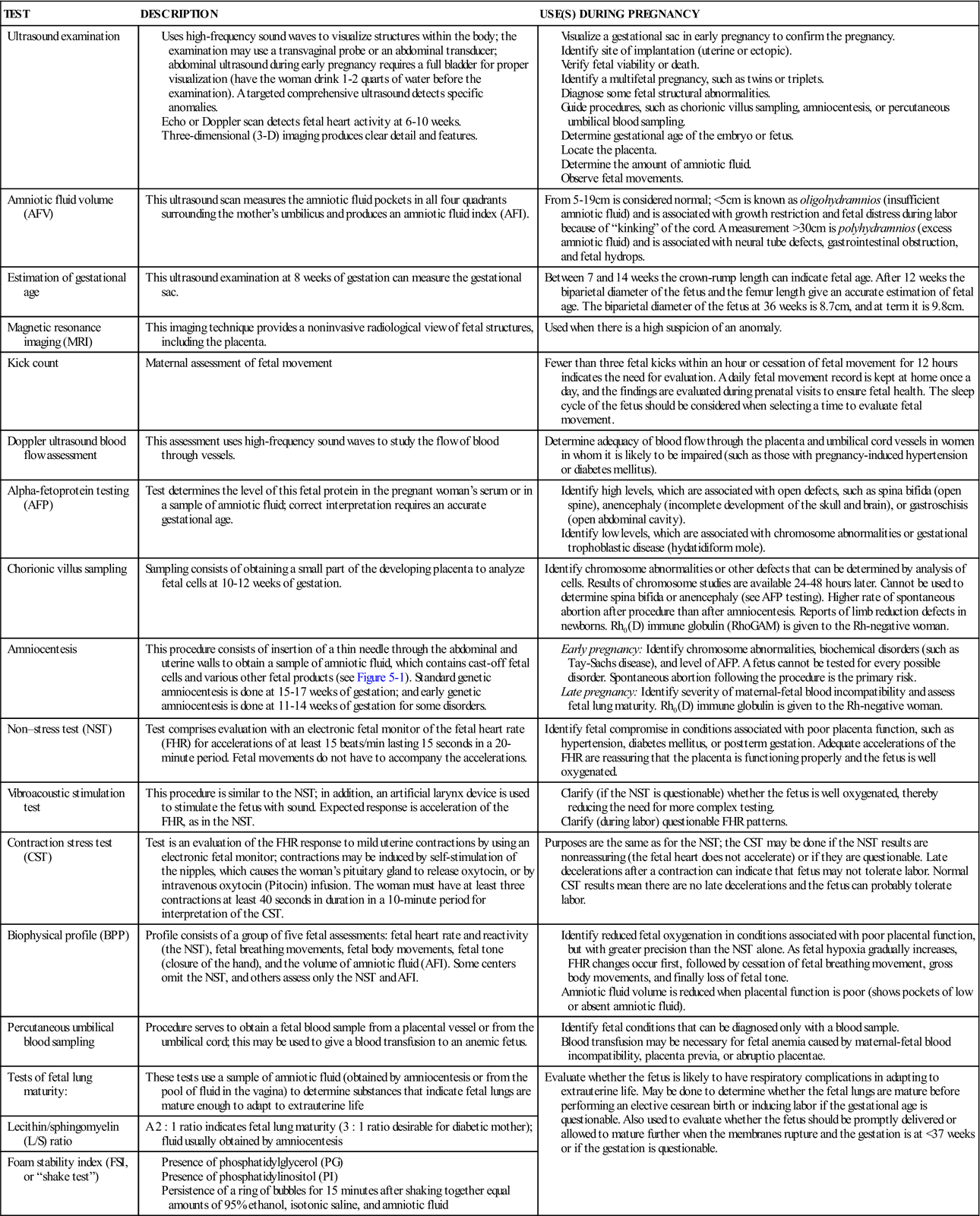







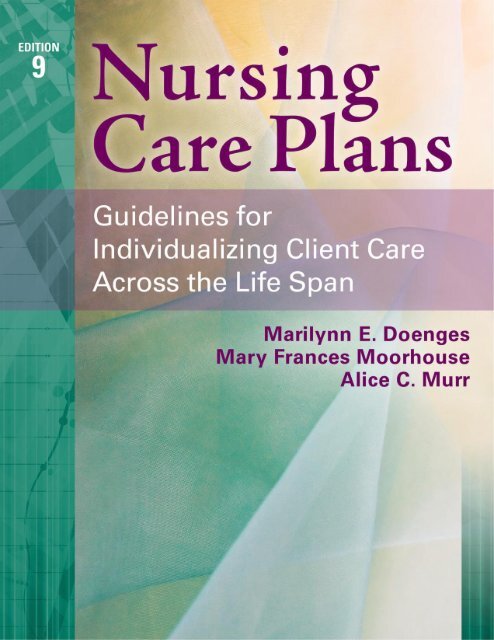



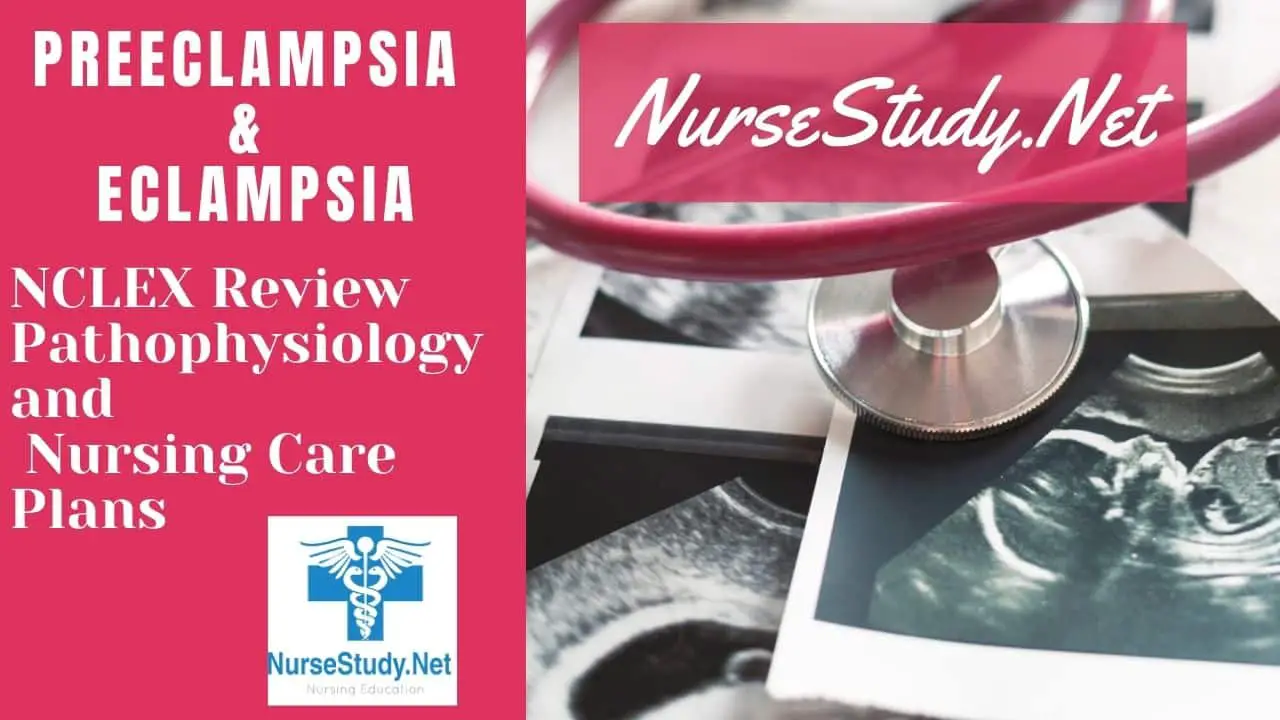




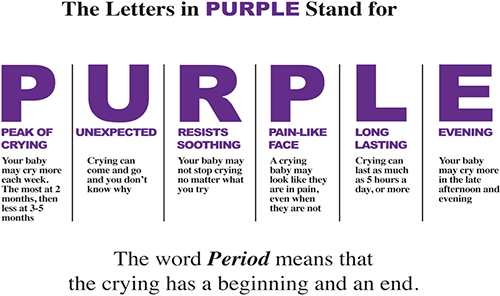








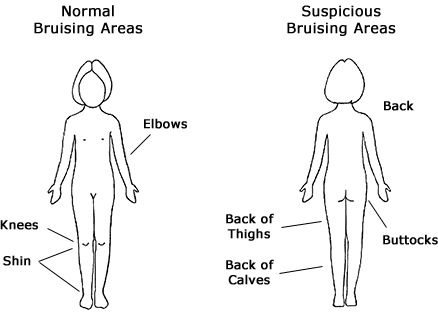



Post a Comment for "Nursing Diagnosis For Shaken Baby Syndrome"